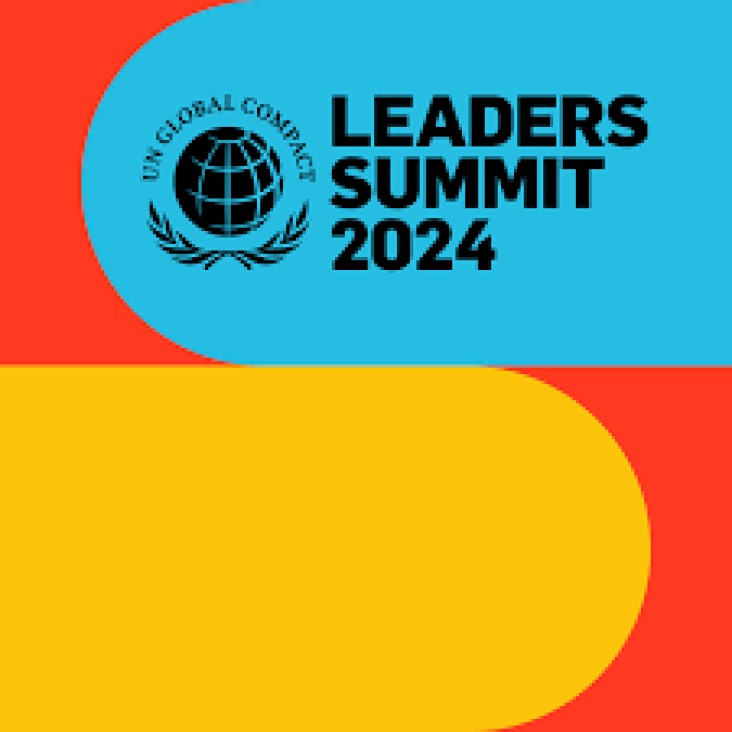This content aligns with Goals 2, 11, and 15 by examining the role of traditional agriculture in periurban areas and its contribution to local food security; providing insights for sustainable urban development; and supporting sustainable land management.

The Leaders Summit is the UN Global Compact’s dynamic day-long conference dedicated to providing the tools, network, knowledge, and inspiration needed to scale the impact of private sector contribu
Technological Pathways for Africa' s Net-Zero Economy, Technology Solutions to Unlock Africa's Sustainable Future, 2025, Pages 139-157
This chapter aligns with SDG Goals 7, 11, and 13 by exploring the significance of international partnerships and collaborations in promoting innovation and expanding renewable energy initiatives in Africa. It offers pragmatic suggestions for incorporating renewable energy alternatives into Africa's development agenda.
The study of Laguna Bacalar's paleoecology during the Late Holocene provides important insights into how regional climate changes and sea level fluctuations have shaped the vegetation and ecosystems of this region, which can inform conservation efforts and climate adaptation strategies.
Encyclopedia of Renewable Energy, Sustainability and the Environment, Volume 1, 2024, Pages 497-508
This chapter relates to the energy transition and renewable fuels for global energy demands. UN SDG Goal 7
Nanoclay-Based Sustainable Materials: Functional Properties, Characterization, and Multifaceted Applications, Volume , 1 January 2024

More than 1100 people came together virtually on 18 June 2024 for the tenth edition of the RELX SDG Inspiration Day: "In the Age of AI: Information to Advance the UN Sustainable Development Goals (SDGs)." The annual online event brings together thought leaders, corporate representatives, students, investors, governments, and NGOs to explore pressing issues, gain practical insight, and inspire action on the United Nations Sustainable Development Goals (SDGs).
